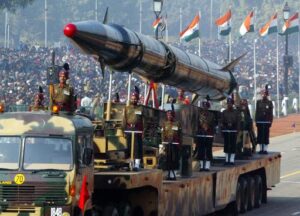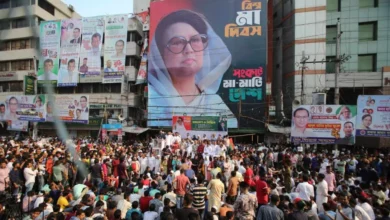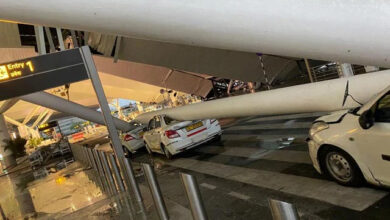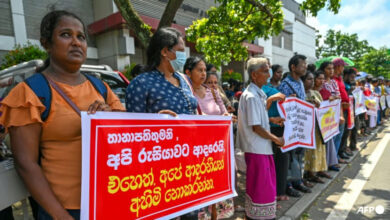South Asia’s Rising Tensions: Threat of Tactical Nuclear Weapons Looms, With Bangladesh in Peril

Dhaka: Rising tensions in South Asia heightens the possibility of leaders resorting to tactical nuclear weapons with potentially catastrophic consequences for Bangladesh.
When India detonated its first nuclear device in Pokhran, India in 1974 (code-named ‘Smiling Buddha’), under Prime Minister Indira Gandhi, the then Prime Minister of Pakistan Zulfikar Ali Bhutto proudly proclaimed, “We will eat grass, even go hungry, but we will get one of our own. We have no other choice!”
And this sums up the nuclear threat on our doorstep — one that can kill every third person on earth.
The overall death toll would be even higher due to the long-term consequences of a nuclear war, including radioactive fallout and global cooling of the Earth’s atmosphere.
According to the International Physicians for the Prevention of Nuclear War, even a limited nuclear exchange between India and Pakistan could put one billion people at risk of starvation and another 1.3 billion at risk of severe food insecurity due to global cooling.
India and Pakistan collectively possess an estimated 350 nuclear warheads. India boasts a “nuclear triad”, capable of delivering weapons by land, air, and sea. Pakistan, on the other hand, is believed to have a more tactical arsenal, including short-range missiles designed for battlefield use.
Using less than 3% of the world’s nuclear weapons, the average global temperature would drop by about 1.3 degrees Celsius.
The unresolved Kashmir dispute is the primary driver of nuclear anxiety. Also, the issue of cross-border terrorism and the rising nationalistic sentiment in India under the BJP are adding to the fire. Tensions flare up frequently, with cross-border shelling and militant attacks keeping the pot boiling.
Even though the theory of deterrence, where mutually assured destruction (MAD) discourages nuclear war, has long been a precarious pillar of stability in South Asia, the rising tension in the region heightens the possibility of leaders resorting to tactical nuclear weapons in a limited conflict with potentially catastrophic consequences.



![Mumtaz Zahra Baloch, spokesperson for Pakistan's Foreign Ministry, says the country believes in constructive dialogue with the US [Courtesy of Pakistan Ministry of Foreign Affairs]](https://southasiancorrespondent.com/wp-content/uploads/2024/06/pak-1-390x220.jpg)
